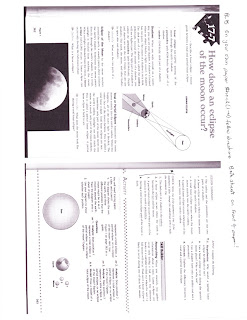Students will be able to:
-describe the major human body systems.
-determine how the systems work together to maintain homeostasis.
Students completed a formative assessment probe on the digestive system as their bell ringer.
Students then watched a Brain Pop video and a Discovery video on the Human Body Systems.
Students reviewed a powerpoint on Human Body systems, which you can assess via the link.
Students then participated in a ten clicker event to answer questions about the body.
Students played the Discovery Whaddaya Know Game about the Human Body.
Students completed an exit slip of FCAT type questions on the human body.









